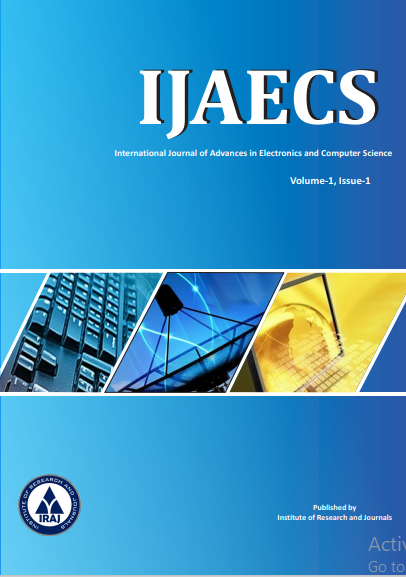Publish In |
International Journal of Advances in Electronics and Computer Science-IJAECS |
 Journal Home Volume Issue |
||||||||
Issue |
Volume-11,Issue-1 ( Jan, 2024 ) | |||||||||
Paper Title |
Convolutional Neural Networks For Facial Expression Recognition | |||||||||
Author Name |
Lateshwari Nagpure, Prashant Tamrakar, Parineeta Jha | |||||||||
Affilition |
1Research Scholar, Department of computer Science and Engineering RSR Rungta College of Engineering and Technology, Bhilai, Chhattisgarh, India 2,3Assistant Professor, Department of computer Science and Engineering RSR Rungta College of Engineering and Technology, Bhilai, Chhattisgarh, India | |||||||||
Pages |
5-11 | |||||||||
Abstract |
Within the scope of this research, we have created convolutional neural networks (CNN) for the purpose of recognizing face expressions. In this particular research endeavor, the objective is to assign each face picture to one of the seven types of facial expressions that are being considered. Grayscale photos obtained from the Kaggle website were utilized in the training of CNN models with varying degrees of depth [1]. Using Torch [2], we were able to create our models and take advantage of Graphics Processing Unit (GPU) computing in order to speed up the training process. Additionally, in addition to the networks that were performing based on raw pixel data, we utilized a hybrid feature strategy. This technique allowed us to train a unique CNN model by combining raw pixel data with Histogram of Oriented Gradients (HOG) features [3]. We utilized a variety of approaches, such as dropout and batch normalization, in addition to L2 regularization, in order to lessen the amount of overfitting that occurred in the models. Cross validation was utilized in order to ascertain the hyperparameters that were most suitable, and the performance of the models that were produced was evaluated by analyzing their respective training histories. In addition, we demonstrate the visualization of the many layers of a network in order to demonstrate the characteristics of a face that may be learnt by CNN models. | |||||||||
| View Paper | ||||||||||